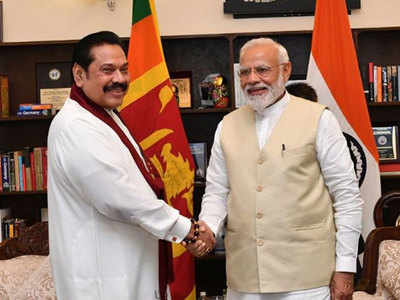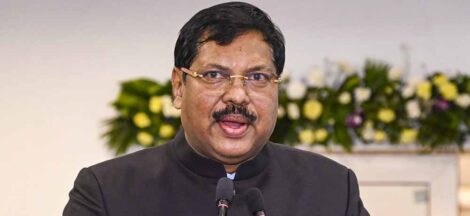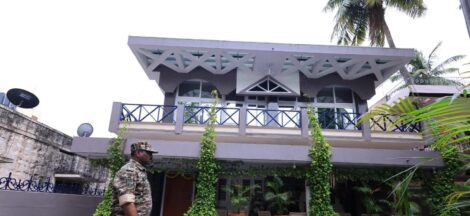Prime Minister Narendra Modi commenced a significant two-day state visit to Sri Lanka, marking the first visit by a foreign leader since President Anura Kumara Dissanayake assumed office in September. The visit underscores India’s intent to bolster cooperation with its maritime neighbour, particularly in energy and defence sectors.
Upon arrival, Modi was received with a ceremonial welcome at Colombo’s historic Independence Square, reflecting the importance Sri Lanka places on its relationship with India. Discussions between the leaders centred on enhancing bilateral ties, with a focus on energy collaboration and defence partnerships.
A key highlight of the visit is the anticipated signing of multiple agreements aimed at strengthening cooperation in power and defence sectors. Modi is set to virtually inaugurate a 120-megawatt solar power plant in Sri Lanka’s eastern region, a project aligning with the island nation’s shift towards renewable energy sources following a severe power crisis in 2022. This initiative also reflects India’s commitment to supporting Sri Lanka’s energy transition and infrastructure development.
In the defence realm, both nations are poised to conclude a comprehensive cooperation agreement. This pact is expected to facilitate the provision of defence platforms and assets to augment Sri Lanka’s military capabilities, intensify joint exercises, maritime surveillance, and enhance defence dialogues. Such collaboration signifies a deepening of strategic ties amid evolving regional security dynamics.
The backdrop to these developments includes Sri Lanka’s recent economic challenges. The 2022 financial crisis led the nation to declare bankruptcy, prompting a $2.9 billion bailout from the International Monetary Fund in 2023. During this period, India extended approximately $4 billion in aid, underscoring its role as a pivotal partner in Sri Lanka’s economic recovery.
President Dissanayake’s administration has expressed gratitude for India’s support and emphasized a commitment to ensuring that Sri Lankan territory is not used in ways detrimental to India’s interests. This assurance comes amid concerns over China’s growing influence in the region, particularly through substantial infrastructure investments under the Belt and Road Initiative.
The visit also serves as a platform to discuss broader economic cooperation. Both leaders have highlighted the importance of investment-led growth and connectivity, agreeing to establish electricity grid connectivity and a multi-product petroleum pipeline. These initiatives aim to enhance energy security and economic integration between the two countries.
Plans are underway for India to export liquefied natural gas to Sri Lanka and develop a regional energy hub in Trincomalee, including a potential joint venture oil refinery. These projects could position Sri Lanka as a pivotal energy hub in the region and deepen economic ties with India.




 Kerala Muslim Organisation Questions Cong Over Waqf Bill
Kerala Muslim Organisation Questions Cong Over Waqf Bill 